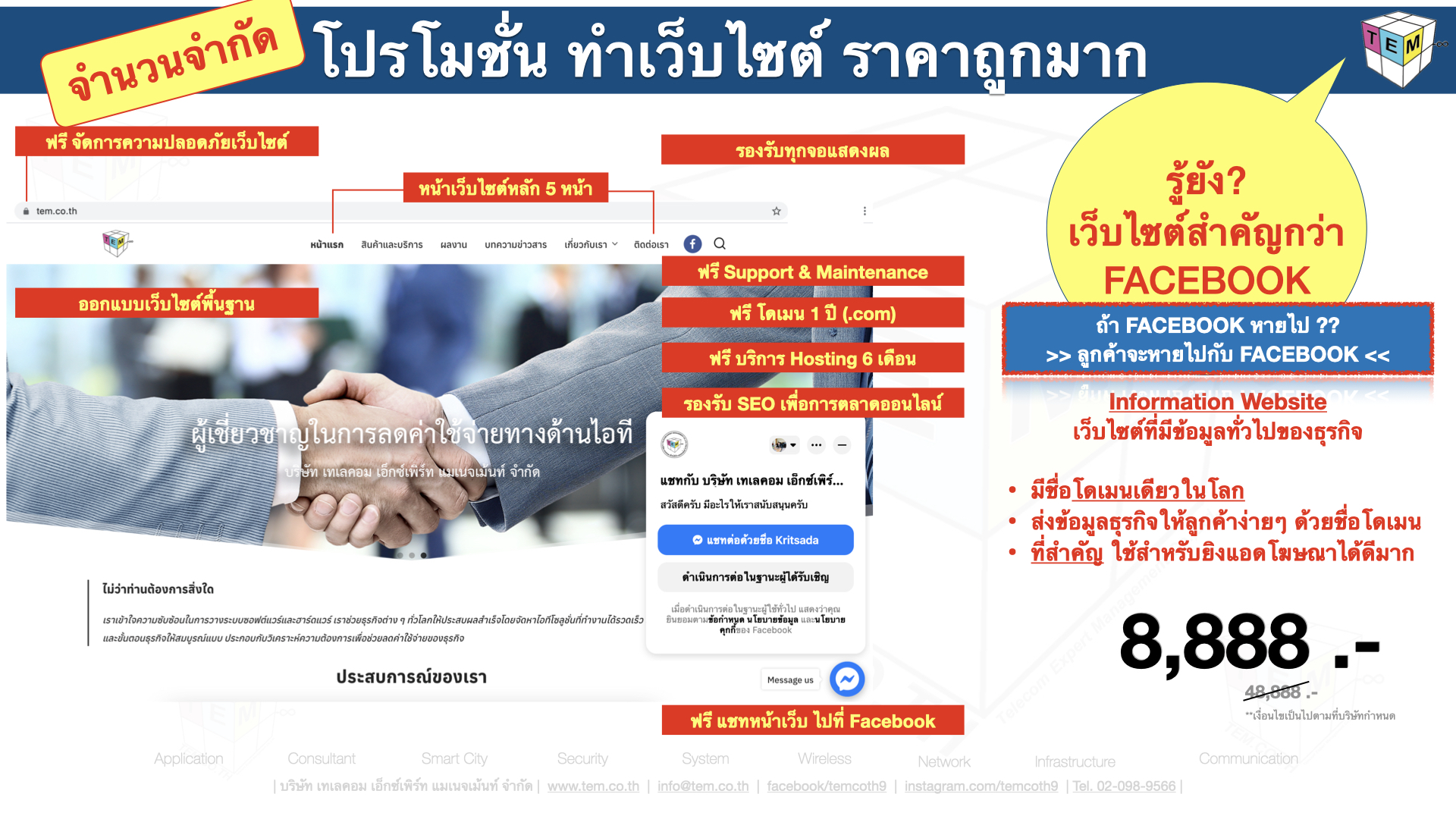A high payout ratio may signal a mature company with limited growth opportunities, while a low payout ratio may indicate a growing company with reinvestment potential. Certain dividend-paying companies may go as far as establishing dividend payout targets, which are based on generated profits in a given year. For example, banks typically pay out a certain percentage of their profits in the form of cash dividends. If profits decline, the dividend policy can be amended or postponed to better times. Given the significant outperformance of dividend growth stocks, investors can use the dividend payout ratio to find companies with the flexibility to routinely reward them with more dividend income in the future. Of note, companies in older, established, steady sectors with stable cash flows will likely have higher dividend payout ratios than those in younger, more volatile, fast-growing sectors.
- That’s because they can pay an attractive dividend yield while also retaining a significant amount of cash to expand their business.
- By considering the payout ratio in conjunction with other financial metrics and qualitative factors, investors can make well-informed decisions and build a diversified investment portfolio.
- A company in its initial stages of development might find it necessary to retain a larger part of the profit in the business to help it grow.
- If you are interested in other financial tools besides this handy dividend payout ratio calculator, we recommend you check our complete set of investing calculators.
In its simplest form, the dividend payout ratio tells you how much of a company’s profits pay out in the form of a dividend. When you compare one company’s dividend payout ratio to its current and projected earnings, you can see how sustainable the dividend payout is over time. This article will introduce you to the MarketBeat dividend payout ratio calculator. But first, you’ll learn more about the dividend payout ratio, including the payout ratio formula and how to calculate the dividend payout ratio yourself. Also, the average dividend payout ratio can vary significantly from one industry to another. For example, companies in the tech industry tend to have much lower payout ratios than utility companies.
How confident are you in your long term financial plan?
The payout ratio is a key financial metric used to determine the sustainability of a company’s dividend payment program. It is the amount of dividends paid to shareholders relative to the total net income of a company. Generally, the higher the payout ratio, especially if it is over 100%, the more its sustainability is in question. Conversely, a low payout ratio can signal that a company is reinvesting the bulk of its earnings into expanding operations. Historically, companies with the best long-term records of dividend payments have had stable payout ratios over many years.
- If applicable, throughout earnings calls and within financial reports, public companies often suggest or explicitly disclose their plans for upcoming dividend issuances.
- Finally, the targeted $500 million improvement in working capital for fiscal 2024 reflects a concerted effort to enhance liquidity and optimize operational efficiencies.
- However, if you get a large slice, that leaves less for the company to eat until the next pie arrives from the bakery.
- Some stocks have higher yields, which may be very attractive to income investors.
- A company endures a bad year without suspending payouts, and it is often in their interest to do so.
Ratios in the range of 55% to 70% indicate that a company isn’t focusing heavily on growth, which may affect its long-term success. Conversely, shareholders may advocate for a lower payout ratio if they believe reinvestment can drive future growth and create long-term value. The payout ratio can impact stock valuation by providing insights into a company’s financial health, dividend policy, and growth prospects. However, ensuring the company can sustain its dividend payments is crucial to avoid potential dividend cuts or financial distress. Industry-specific benchmarks help investors and analysts assess a company’s dividend policy and financial health relative to its peers. However, a consistently high payout ratio might also suggest that the company is not retaining sufficient earnings to support future growth or pay off debt.
What Is a Special Dividend?
The dividend yield shows how much a company has paid out in dividends over the course of a year. A company with a 100% or higher dividend payout ratio is paying its stakeholders all or more than it’s earning. This practice may be unsustainable in the long term since the company would run out of funds. A cash dividend is the distribution of funds or money paid to stockholders generally as part of the corporation’s current earnings or accumulated profits. In the case of low-growth, dividend companies, investors typically seek some sort of assurance that there’ll be a steady stream of income rather than share price appreciation. The dividend payout ratio reveals a lot about a company’s present and future situation.
How a Cash Dividend Works
Explore how they strategically maneuver to solidify their positions in ever-evolving markets. So, 27% of Company A’s net income goes out to the shareholders in dividends, while the remaining 73% is reinvested in the company for growth. Options trading entails significant risk and is not appropriate for all customers. Customers must read and understand the Characteristics and Risks of Standardized Options before engaging in any options trading strategies. Options transactions are often complex and may involve the potential of losing the entire investment in a relatively short period of time.
Interested in automating the way you get paid? GoCardless can help
Many companies that pay dividends tend to have less volatile stock prices, but any increase in share price will reduce the dividend yield percentage and vice versa. A high payout ratio indicates that a company is distributing a large portion of its earnings as dividends to shareholders. This may suggest a mature company with limited growth opportunities, but it could also raise concerns about the company’s ability to support future growth or pay off debt if the payout ratio is consistently high. The payout ratio serves as a vital financial metric for investors, enabling them to gain insights into a company’s dividend policy, financial health, and growth potential. Our incredible dividend payout ratio calculator includes specific messages that appear accordingly to the value you get for the payout ratio.
The former is a performance indicator that reflects the dividend profitability of holding the stock; meanwhile, the latter shows how much return on investment the dividend yields. Remember that we can earn on the stock market by receiving dividends and by trading stocks at different prices. This computation standardizes the measure of cash dividends classified balance sheet concerning the price of a common share. Generally speaking, companies with the best long-term records of dividend payments have stable payout ratios over many years. But a payout ratio greater than 100% suggests a company is paying out more in dividends than its earnings can support and might be cause for concern regarding sustainability.
What is the difference between a dividend payout ratio and a cash dividend payout ratio?
An important aspect to be aware of is that comparisons of the payout ratio should be done among companies in the same (or similar) industry and at relatively identical stages in their life cycle. Hence, public companies are typically very reluctant to adjust their dividend policy, which is one reason behind the increased prevalence of share buybacks. As a quick side remark, the inverse of the payout ratio is the retention ratio, which is why at the bottom we inserted a “Check” function to confirm that the two equal add up to 100% each year.


